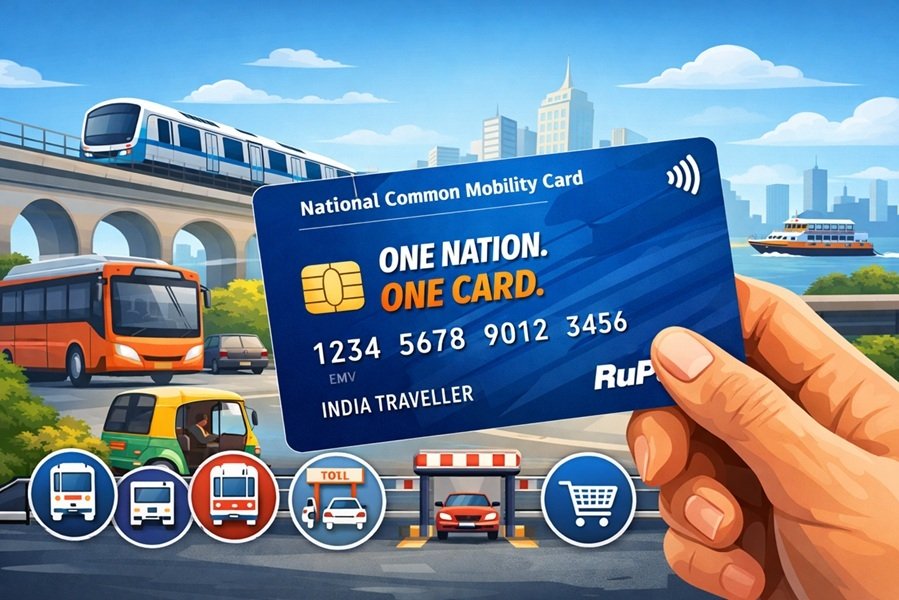
When you think of fire-starting tools today, two things likely come to mind: the matchstick and the lighter. While matches are often considered the more “primitive” option due to their simple, one-time use nature, and lighters are viewed as modern conveniences, history tells a different story. Surprisingly, the lighter actually predates the matchstick by several years. In this article, we will explore the historical development, science, and impact of both these fire-starting tools—and answer once and for all which came first.
Ancient Origins of Fire-Making
Before diving into matches and lighters, it’s important to understand humanity’s long-standing relationship with fire. Early humans relied on methods like:
- Friction-based fire-starting (e.g., rubbing sticks together)
- Flint and steel (striking flint against steel to produce sparks)
- Magnifying glass or sunlight (focusing sunlight to ignite tinder)
These methods were used for thousands of years before any chemical or mechanical fire-starting tools were invented.
The Invention of the Lighter
The First Lighter: Döbereiner’s Lamp (1823)
The first known lighter was invented by Johann Wolfgang Döbereiner, a German chemist, in 1823. His device was called the Döbereiner’s Lamp, and it worked by igniting hydrogen gas in the presence of a platinum catalyst.
How It Worked:
- Hydrogen gas was produced from a zinc and sulfuric acid reaction.
- When released over a platinum sponge, the gas ignited spontaneously due to the catalytic effect.
- This created a small flame, which could be used to light a candle or other fuel.
Though bulky and delicate, Döbereiner’s lighter was a revolutionary invention and widely used in homes and laboratories in the 1820s and 1830s.
Evolution of Lighters:
- Late 1800s–early 1900s: Metal-cased lighters began appearing, with ignition via flint wheels and naphtha fuel.
- 1930s: The famous Zippo lighter was introduced, becoming iconic for its windproof flame.
- Modern Era: Butane lighters, piezoelectric lighters, and rechargeable electric lighters dominate the market today.
The Invention of the Matchstick
Despite the perception that matches are older, modern friction matches were invented after the lighter.
Early Experiments:
- In 1669, Hennig Brand, a German alchemist, discovered phosphorus while trying to create gold. This discovery would later be crucial in match production.
- In the early 1800s, chemists began experimenting with combustible chemical mixtures on wooden sticks.
First Friction Match: John Walker (1826)
- English chemist John Walker is credited with inventing the first practical friction match in 1826, three years after Döbereiner’s lighter.
- Called “friction lights”, Walker’s matches had a wooden splint coated with potassium chlorate, antimony sulfide, and gum.
- Ignition was achieved by drawing the match against a rough surface.
Major Advancements:
- 1830: French chemist Charles Sauria improved matches using white phosphorus, which made ignition easier but caused severe health issues like “phossy jaw”.
- 1855: Swedish safety matches were introduced by Gustaf Erik Pasch, using red phosphorus on a separate striking surface to make them safer.
- 20th century: Matchbooks and matchboxes became common promotional and household items.
Comparing the Timeline: Lighter vs. Matchstick
| Year | Invention | Inventor |
|---|---|---|
| 1823 | Döbereiner’s Lamp (lighter) | Johann Wolfgang Döbereiner |
| 1826 | Friction match | John Walker |
As the table shows, the lighter came first, albeit in a very different form from today’s compact designs.
Why the Confusion?
People often assume matches came first because:
- They look simpler and more “primitive”.
- They don’t require fuel refills or complex mechanisms.
- They’re cheaper and disposable.
However, technological history doesn’t always follow intuitive logic. In this case, the chemical and catalytic sophistication of Döbereiner’s lighter preceded the mechanical simplicity of Walker’s match.
Social Impact of Both Inventions
Lighters:
- Became symbols of style and utility, especially during wartime and in pop culture (e.g., Zippo lighters).
- Evolved into multi-use tools (torch lighters, BBQ lighters, etc.).
Matches:
- Became household essentials.
- Enabled easier fire-starting for cooking, smoking, and heating.
- Matchbooks became a form of advertising in the 20th century.
Explore:
- Do sharks have bones?
- Which Planet Can Float on Water?
- What’s the Biggest Organ in the Human Body?
- Do Fingers Have Muscles?
- Which Country Has the Most Pyramids? Explore Pyramid Capital of the World
Conclusion: The Lighter Came First
Contrary to popular belief, the lighter predates the modern matchstick by three years. Invented in 1823 by Döbereiner, the first lighter used chemistry and catalysis to produce fire. Matches, though simpler in appearance, came later in 1826 and only became truly safe and practical decades afterward.
The evolution of both tools showcases human ingenuity and the constant desire to harness fire more efficiently. Whether you prefer the flick of a lighter or the scratch of a match, both inventions have left a fiery mark on history.





